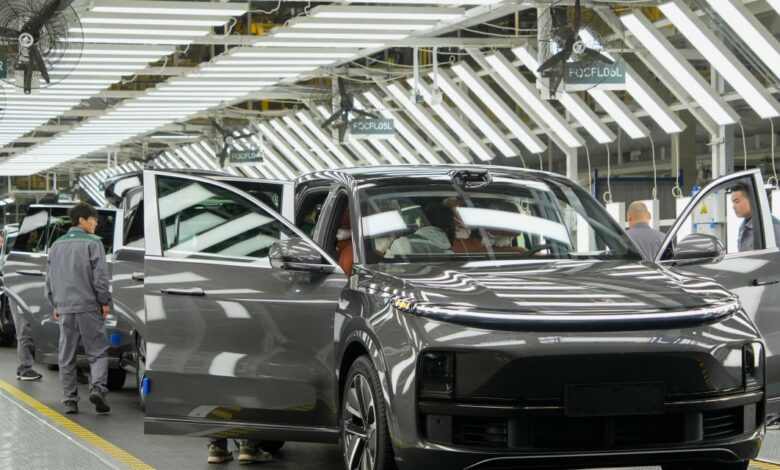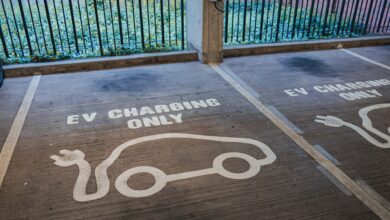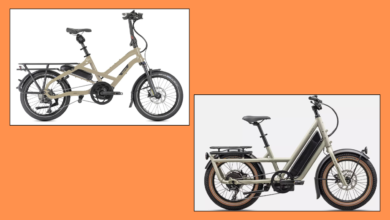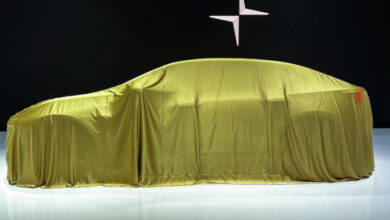Even the Chinese Want $30,000 Cars. It’s a Plus for Li Auto.

A lot has been made of cheap Chinese electric vehicles flooding Western markets. It turns out that Chinese buyers like nicer cars too.
Sunday, J.P. Morgan analyst Nick Lai launched coverage of Chinese EV maker
Li Auto
.
He rates shares Hold and has a $21 price target for Li’s U.S.-listed American depositary receipts.
Li’s ADRs were up 0.2% in premarket trading Monday at $18.83, while futures on the
and
were flat and up 0.1%, respectively.
It’s an out-of-consensus call. Li is a popular stock on the Street: Almost 90% of the analysts who cover the company rate the shares at Buy, while the average Buy-rating ratio for stocks in the S&P 500 is about 55%.
But what is truly interesting in Lai’s launch is two trends he sees in the Chinese EV market. For starters, he sees sales of plug-in hybrid electric vehicles, or PHEVs, and extended-range electric vehicles, or EERVs, growing faster than for all battery electric cars, or BEVs. EERVs have a generator that runs on gas and can recharge batteries on the fly. It is similar to a PHEV but there is no traditional motor.
Advertisement – Scroll to Continue
Li pioneered EERVs in China. Lai expects PHEVs and EERVs to account for 45% of all electric-car sales in China, up from roughly 30% today. In recent months, BEVs have accounted for roughly 35% of all car sales in China, with PHEVs accounting for closer to 15%, meaning that more than two BEVs are sold for every PHEV. That ratio might turn out closer to one-to-one.
That’s something U.S. car investors can keep an eye on. BEVs account for less than 10% of new car sales in the U.S. today.
Lai also sees a “multi-year premiumization trend,” the idea being that Chinese cars are getting nicer. In 2021, cars costing less than $11,000 represented 21% of electrified vehicle sales, including both BEVs and PHEVs. Today that number is about 6%. Those sales have shifted to cars costing about $30,000. They represent about 43% of electrified car sales today, up from 31% in 2021.
Advertisement – Scroll to Continue
That might surprise Western auto investors worrying about a potential flood of sub-$20,000 EVs from China. Fears have been stoked by U.S. and European regulators slapping new tariffs on Chinese imports to protect domestic auto industries.
Tariffs don’t target the cheapest cars, though. They target all cars. And more tariffs were added in 2024 after China became the world’s largest exporter of new vehicles in 2023.
Lower labor costs give Chinese auto makers an advantage. That doesn’t mean cheap cars sell the best. Everyone likes a nice car. Lai doesn’t see that changing. “We are positive on the premiumization trend in the [electrified vehicle] space and believe growth momentum will remain robust,” he wrote.
Advertisement – Scroll to Continue
The shift toward PHEVs and the so-called premiumization trend are positive for Li. Still, Lai rates shares Hold. “We look for a better entry point,” he said in his report.
His target for the stock price works out to about 12 times his estimate for 2025 earnings per share. Li shares currently trade for about nine times Wall Street’s consensus forecast for 2025 earnings, according to FactSet.
Write to Al Root at allen.root@dowjones.com



